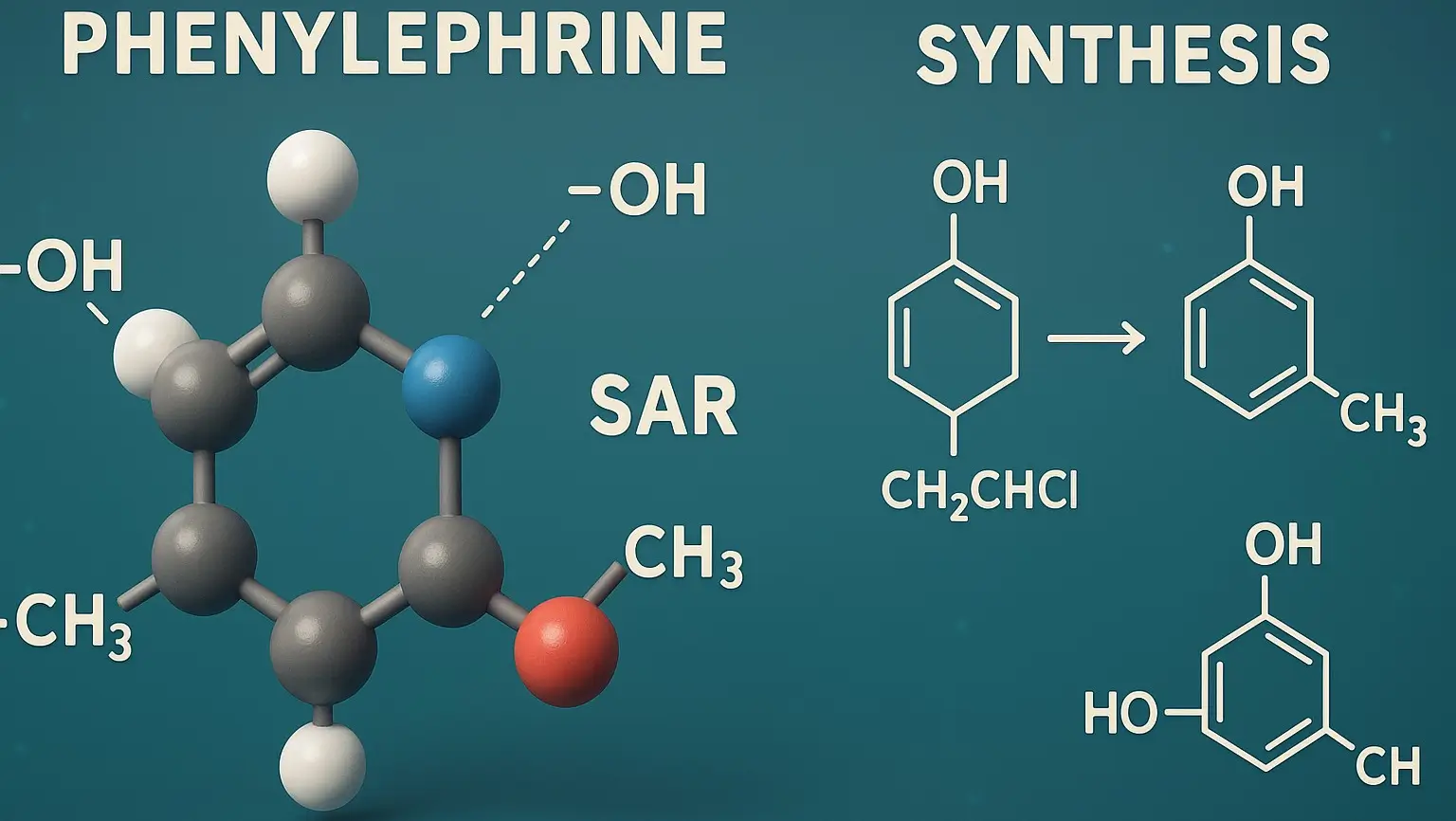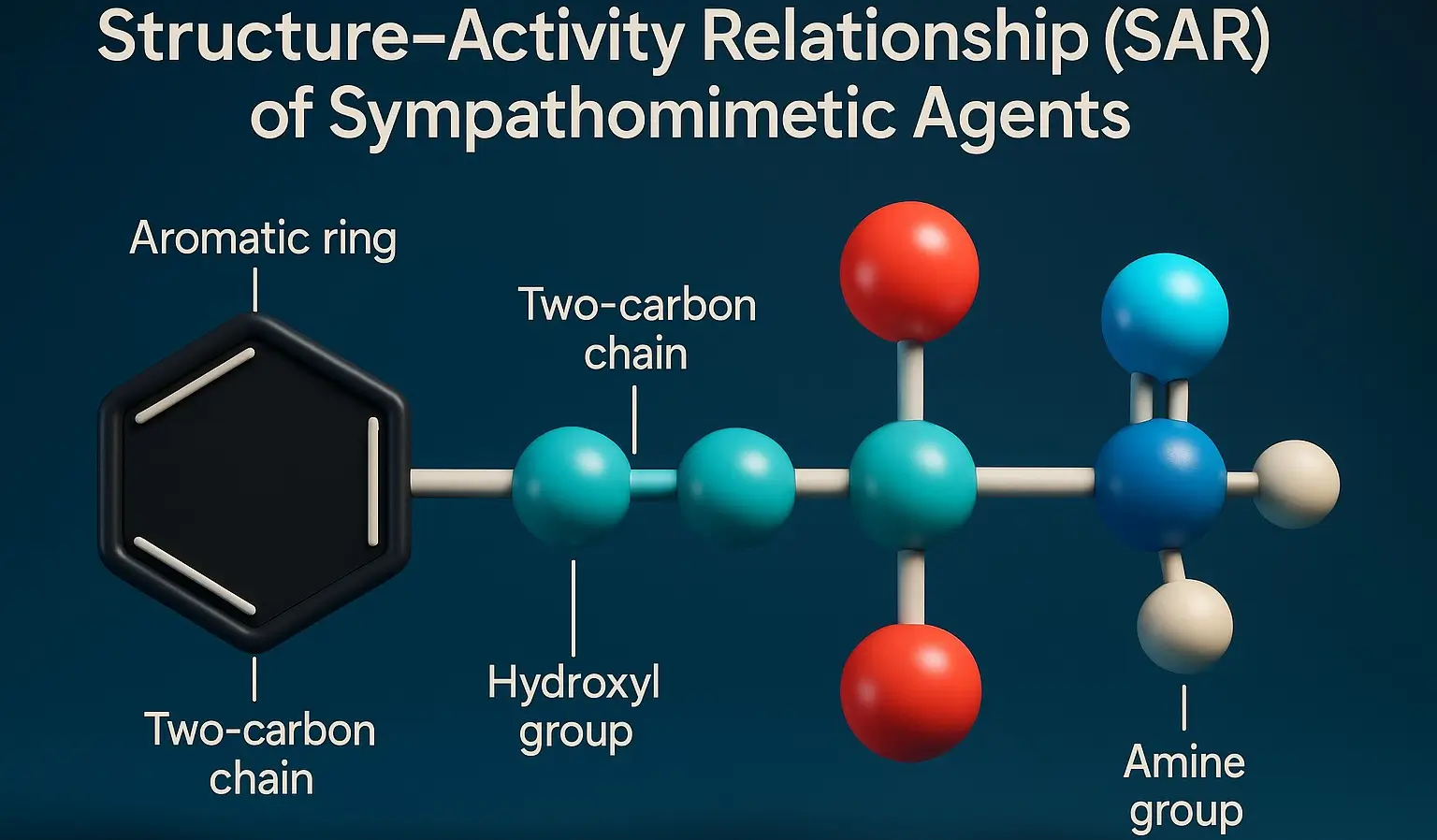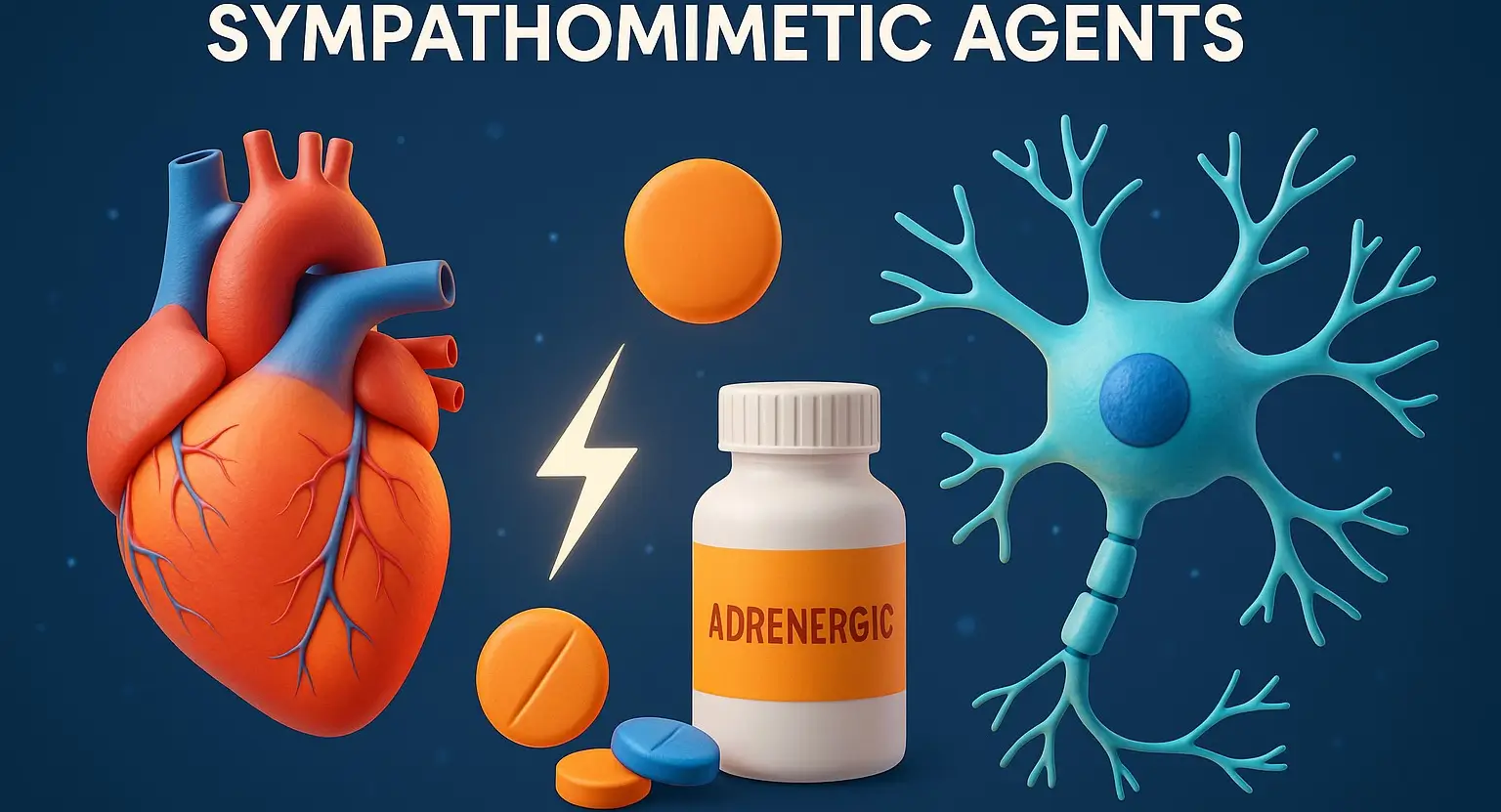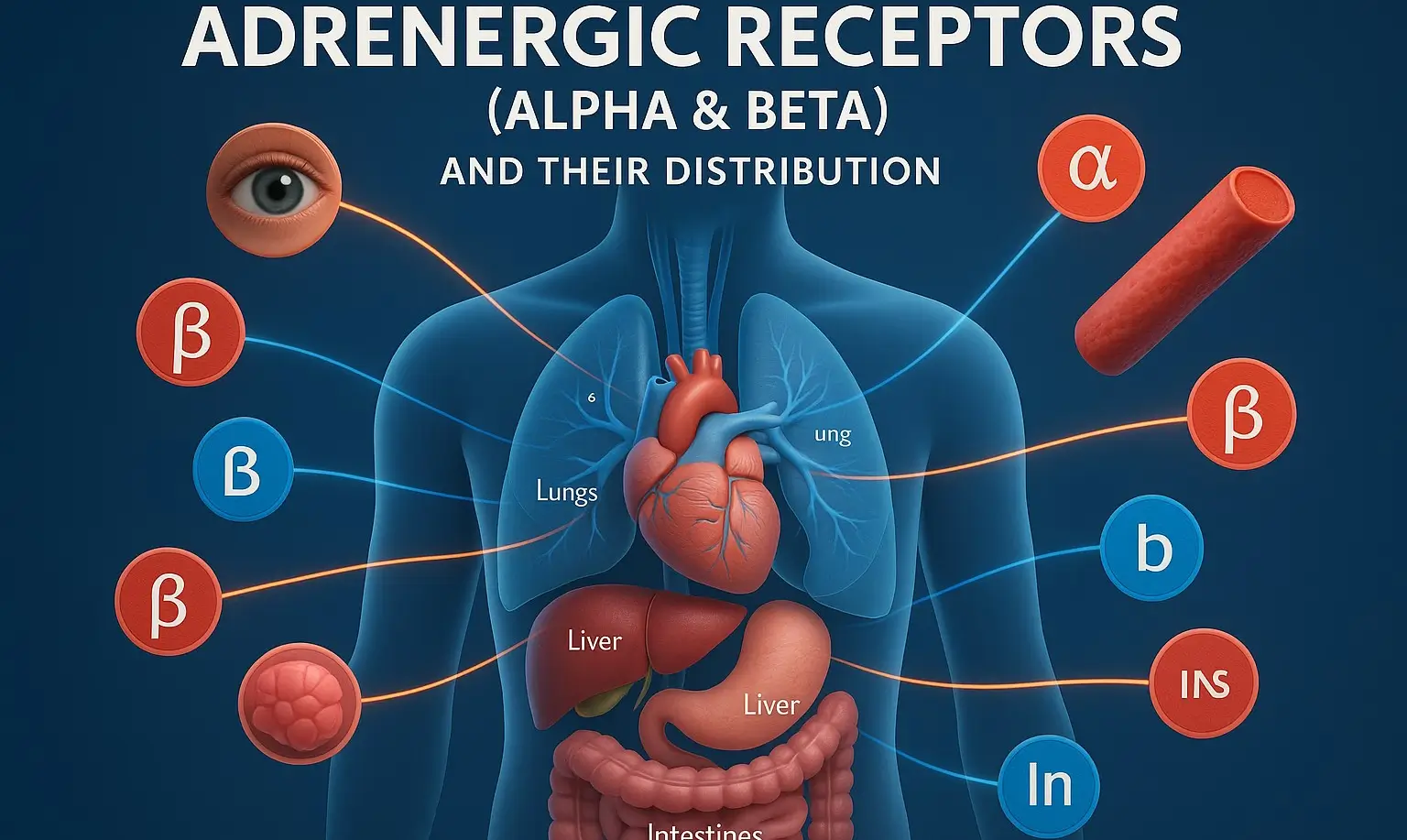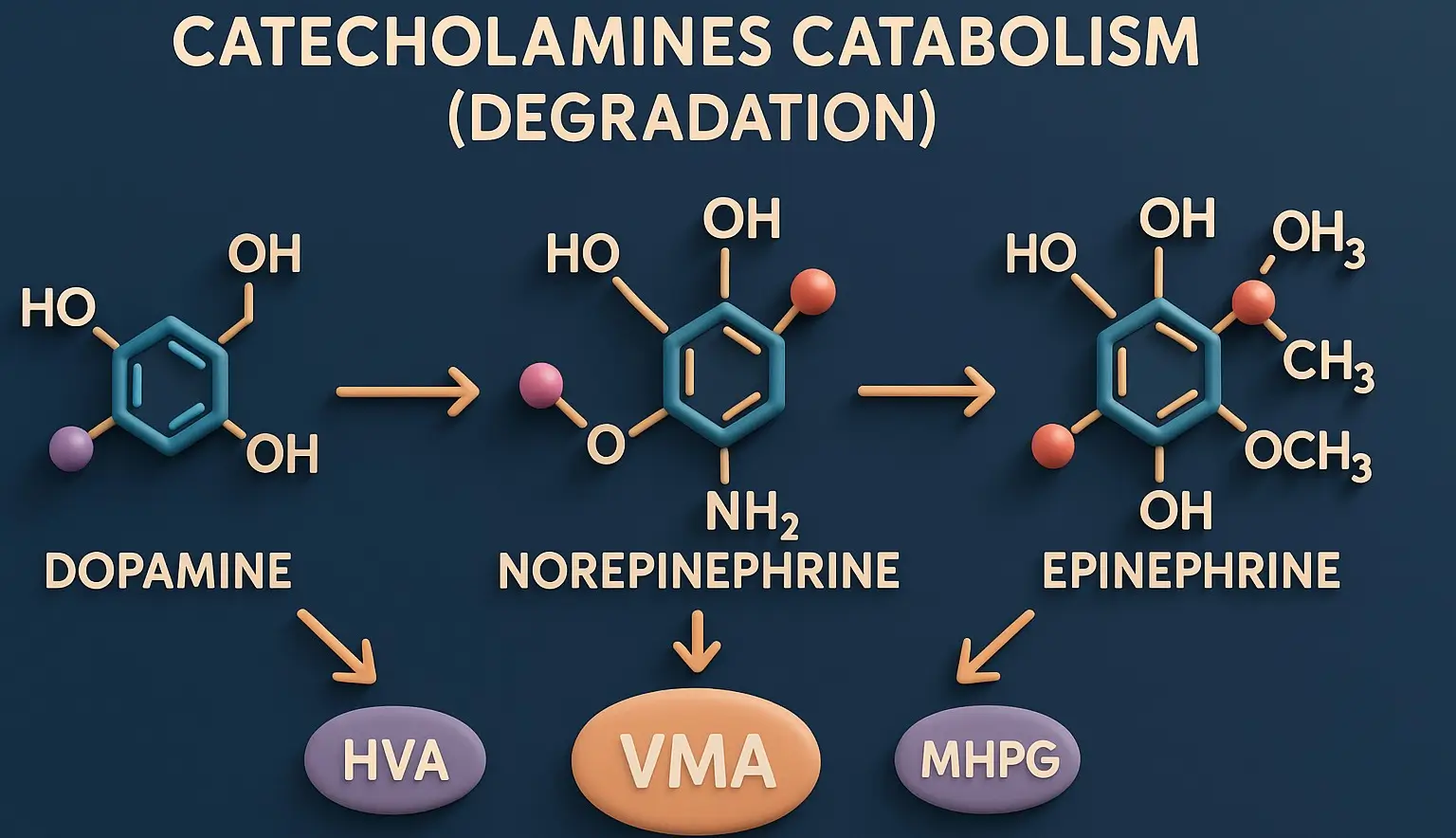Cosmetics
Cosmetics are products used to enhance or alter the appearance, fragrance, or texture of the human body, especially the skin, hair, and nails. Cosmetics include makeup, skincare, and personal care items designed to improve hygiene, beautify, and promote confidence. Lipsticks: Definition: Lipsticks are solid, wax-based products intended to color and protect the lips. The primary … Read more


